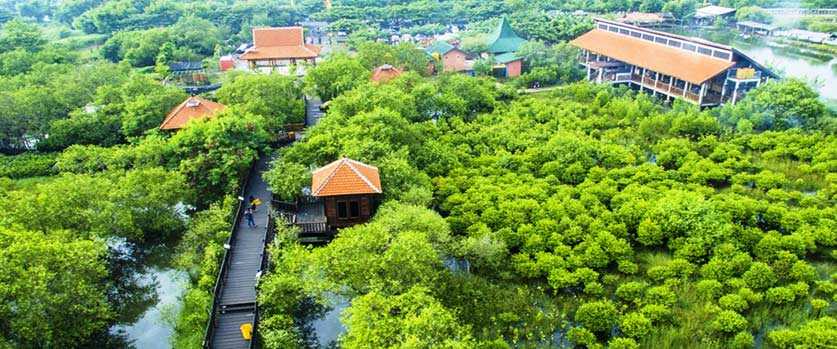Recently, there has been a lot of talk about plastic pollution throughout the world. Indonesia is one of the topics of discussion because it is listed as the second-largest plastic user in the world. As one of the second largest metropolitan cities in Indonesia, Surabaya residents also use a lot of plastic in their daily activities. Then, where is all the plastic waste that has been used? Has all the waste been managed properly? The answer is NO!
No more than 50% of plastic waste is managed properly. Most of the plastic waste that does not get proper treatment ends in the river. River flow will bring plastic waste to the sea. The estuary of the river is one of the areas where the river flow carries plastic waste. Why? Because estuary is a place where rivers meet the seas.
Manual cleaning is one of the main solutions to prevent plastic waste from becoming microplastic which has a higher pollution hazard level than macro plastic. Cleaning should be done effectively when the waste gathers the most. One of the factors that influence the accumulation of plastic waste in the estuary is the tides. Tides bring plastic waste back the waste to the estuary region.
The study was carried out in the estuary area of Wonorejo River by studying three sampling locations: right at the mouth of the Wonorejo River, 250 m and 500 m, horizontally from the mouth of the Wonorejo River. The results showed that the tides of the sea had a significant impact on the accumulation of plastic waste in the estuary. Plastic waste deposits were measured more at high tide conditions. Low-density Polyethylene plastic type(LDPE) is found most among other types of plastic. The geological condition of the sampling location also has a significant effect on the pattern of plastic landfill. From the analysis, it was found that the location in the form of a basin tended to accumulate more plastic waste. The location of the river mouth sampling showed the lowest accumulation of plastic waste due to the influence of river flow that is strong enough to carry plastic waste into the marine waters.
This condition is the initial proof that plastic waste management in Surabaya is not yet reliable. The results of this study provided a preliminary description that one of the tourist sites in Surabaya, Mangrove Wonorejo, has become a plastic waste deposit carried by Wonorejo River stream.
Author:
Muhammad Fauzul Imron, S.T., M.T. dan Setyo Budi Kurniawan, S.T., M.T.
Details of the research available at:
https://www.sciencedirect.com/science/article/abs/pii/S2352186419301671
Setyo Budi Kurniawan dan Muhammad Fauzul Imron. The effect of tidal fluctuation on the accumulation of plastic debris in the Wonorejo River Estuary, Surabaya, Indonesia. Environmental Technology & Innovation, Volume 15, Halaman 100420





